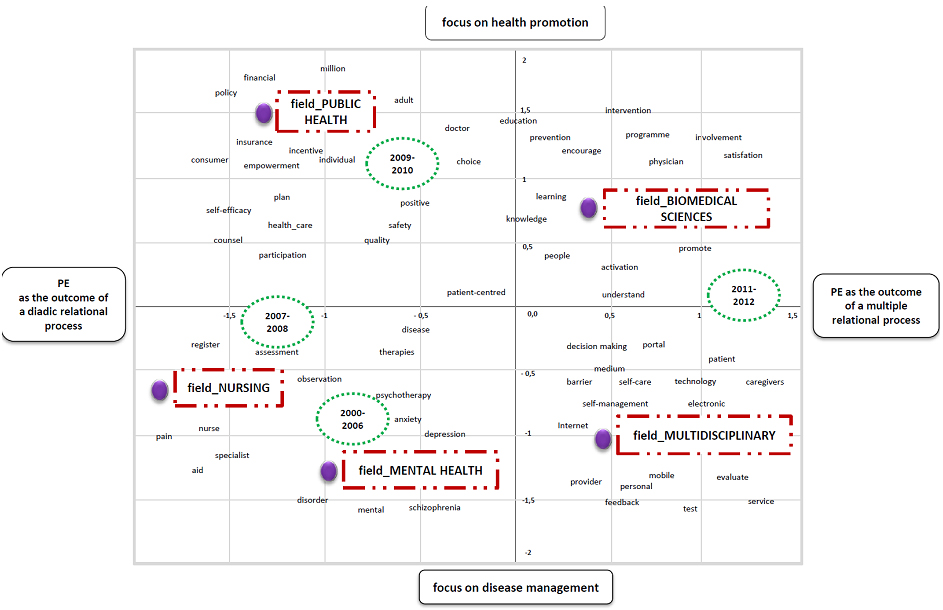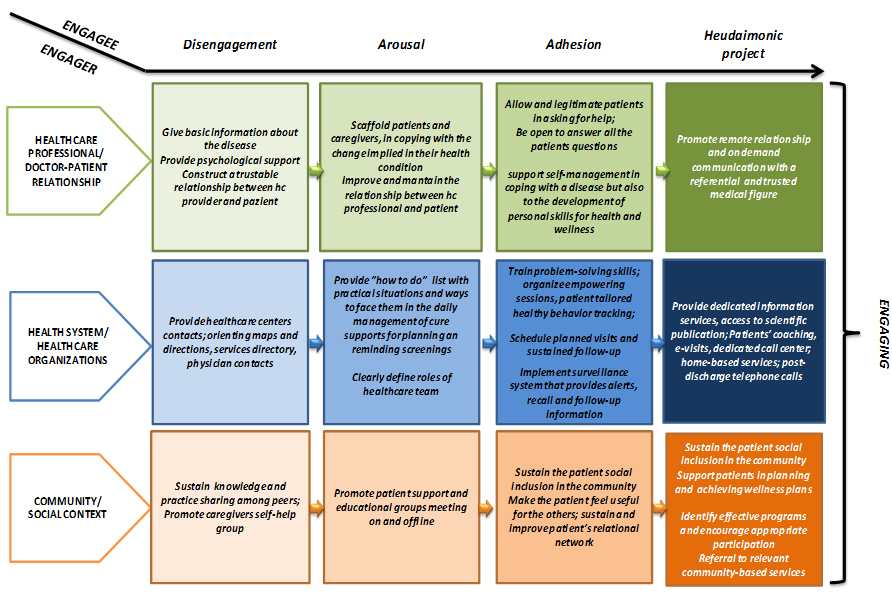
Figure 4: Thematic Map of how concepts expressed are shifting through the years. Click to enlarge; see article for (fairly technical) discussion.

Figure 5: Potential guidelines for planning and developing interventions to foster patient engagement. (Patient-provider relationship; system and healthcare organizations; patient as community member and peer-to-peer healthcare) Click to enlarge.
An article of importance to our movement appeared in June, in our Journal of Participatory Medicine. It’s an analysis of twelve years of literature about patient engagement, documenting what words people used, what context they appeared in, and (perhaps most importantly) how the language has shifted – a sign of cultural evolution. Finally, the article proposes a framework for measuring how engagement is progressing on three levels.
The article is The Challenges of Conceptualizing Patient Engagement in Health Care: A Lexicographic Literature Review, by Barella et al, at Università Cattolica del Sacro Cuore (Catholic University of the Sacred Heart), Milan. Its reading level and psychological vocabulary are beyond me personally, but I can understand enough to want more exploration (and more customer-friendly explanations!)
As far as I know, this is the first comprehensive study that looks at what people have been saying, and what they mean, when they’re talking about patient engagement. That’s important when you’re trying to shift culture, as our Society is, because culture lives in language. If you want change but you don’t know what people are saying, and what they mean, you can’t possibly speak effectively and suggest that people think (and speak) differently.
From the end of the introduction:
…this study reviews academic papers that attempted to define this concept. We aimed to:
- Underline differences in the conceptual definitions related to the disciplinary domains in which the term patient engagement is used.
- Detect changes in patient engagement definitions during the last 12 years.
In this post I’m just drawing attention to the article as a sign of the maturing of the field of participatory medicine. I’ll eagerly await further discussion among sociologists and psychologists who know lexical and linguistic things better than I. Comments within those specialities should go on JoPM, so other scientists reading there will see them.






“Philosophers have long distinguished two basic forms of well-being: a ‘hedonic’ form representing an individual’s pleasurable experiences, and a deeper ‘eudaimonic,’ form that results from striving toward meaning and a noble purpose beyond simple self-gratification,” wrote Fredrickson and her colleagues.]
Though this article requires more than the quick
response I had–to look up heudoimonic, likely as above, I do sense in my other reading and work that there is a maturing of the discussion about the relationship between patients and doctors, and by extension of the health institutions. Most still try to deal with the empowerment movement by framing it in terms of patient “compliance” and “experience”, the reality is that patients expectations are greater than that. What is fascinating to me is the sense of mission that is inherent in this movement, with the many practical details as how to implement the various goals following the acceptance of the mission.
An ongoing online thread about whether patients should be given full access to their health records happily stunned me with the overwhelming numbers of positive responses. The negative responses were minimal and quickly countered by a broad mix of respondents.
This is a tremendous change to 2-3 years, and certainly more will come. The train has left the station!
I’m glad but not surprised that you see things this way too, Peggy.
Where’s that other discussion? Is there a link to it or is it on a closed site??